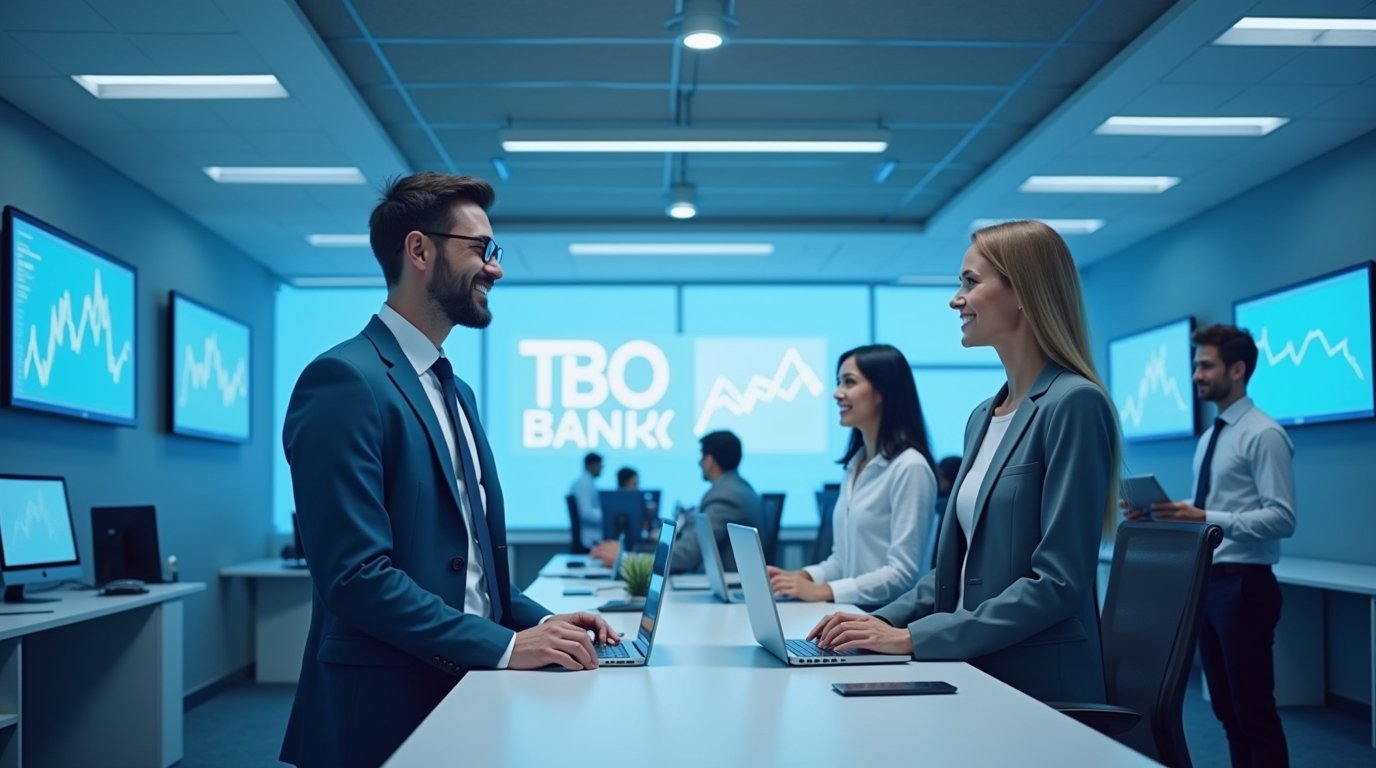
On-Page SEO Checklist: Essential Requirements for Your Website
Introduction to On-Page SEO
On-page SEO refers to the various strategies and techniques implemented directly within a website to improve its ranking on search engine results pages (SERPs). Unlike off-page SEO, which focuses on external factors such as backlinks and social media presence, on-page SEO concentrates on optimizing web pages to enhance their relevance and accessibility for both users and search engines. This subset of search engine optimization is crucial, as it lays the foundation for organic traffic and ultimately determines how effectively a site serves its visitors.
The primary goals of on-page SEO include improving a website’s visibility, enhancing the user experience, and ensuring that the content is easily digestible for search engines. To achieve these objectives, webmasters must consider several key elements, including content quality, keyword usage, meta tags, and site structure. High-quality content that incorporates relevant keywords in a natural manner not only helps search engines understand the main topics of a page but also engages users by providing valuable and informative material.
Additionally, optimizing meta tags, such as title tags and meta descriptions, is essential as these elements serve as the first impression for users browsing through search results. A well-structured site that promotes easy navigation and an intuitive user interface also contributes significantly to a positive user experience. Furthermore, integrating semantic keywords or synonyms can help expand the reach of content, making it more likely to appear for a broader range of search queries.
Overall, on-page SEO is vital for establishing a website’s authority and relevance in a competitive digital landscape. By focusing on optimization strategies that prioritize user experience and content quality, businesses can enhance their chances of achieving higher organic rankings and driving sustainable traffic to their sites.
Key Elements of On-Page SEO
On-page SEO encompasses a variety of components that are crucial for optimizing a website’s performance in search engine rankings. The primary elements include meta tags, headings, and content quality, each serving an important role in the broader scope of search engine optimization. Understanding these elements is vital for anyone looking to improve their website’s visibility and attract more visitors.
Meta tags are snippets of text that describe a page’s content. They consist mainly of the title tag and meta description. The title tag appears in search engine results and helps inform users about the content of the page. It should be concise, ideally between 50 to 60 characters, and include relevant keywords. The meta description, on the other hand, provides a brief summary of the page, typically around 155 characters long. While it does not directly impact rankings, a well-crafted meta description can improve click-through rates by encouraging users to visit the site.
Headings, structured using the H1 to H6 tags, play an essential role in organizing content on a webpage. The H1 tag is reserved for the main title of the page, while subsequent headings (H2, H3, etc.) can be used to break down content into manageable sections. This hierarchy not only aids readers in grasping the content more efficiently but also assists search engines in understanding the context and significance of various sections. Including relevant keywords in these headings further strengthens the page’s SEO.
Finally, content quality is perhaps the most significant factor impacting on-page SEO. High-quality content must be engaging, informative, and relevant to the target audience. It should be original, free of grammatical errors, and structured with appropriate keywords integrated naturally throughout the text. By focusing on these key elements of on-page SEO, website owners can significantly improve their site’s performance and visibility in search engine results.
Importance of Quality Content

In the realm of on-page SEO, the significance of quality content cannot be overstated. High-quality content serves as the bedrock upon which effective SEO strategies are built. To qualify as quality content, it must not only be informative and engaging but also relevant to the audience’s needs and preferences. Relevance ensures that the content addresses the specific queries and interests of the target audience, thereby increasing its likelihood of being discovered and appreciated.
Readability is another crucial factor in determining the quality of content. Well-structured articles with clear headings, concise paragraphs, and appropriate use of bullet points enhance the user experience. When visitors find content easy to navigate and understand, they are more likely to stay longer on the page. This increased dwell time signals to search engines that the content is valuable, which can ultimately improve its ranking in search results. Additionally, using simple language and avoiding jargon can cater to a broader audience, making the information accessible to those with varying levels of understanding.
Moreover, engaging content has the potential to drive significant traffic to a website. Content that resonates with readers encourages them to share it across various platforms, increasing its reach and visibility. This organic sharing not only generates backlinks but also draws in diverse audiences who may be interested in the subject matter. Consequently, quality content can serve a dual purpose: it heightens user engagement while simultaneously enhancing a website’s authority.
In conclusion, the role of quality content in on-page SEO is paramount. By focusing on relevance, readability, and engagement, website owners can establish a robust foundation that improves their chances of succeeding in a competitive digital landscape. Prioritizing high-quality content not only meets the expectations of users but also aligns with search engine algorithms, thereby facilitating better visibility and increased traffic.
Keywords: Choosing and Implementing
Selecting the right keywords is a foundational step in optimizing a webpage for search engines. To ensure you’re choosing effective keywords, utilize various keyword research tools such as Google Keyword Planner, SEMrush, or Ahrefs. These tools help identify high-volume keywords relevant to your niche. Additionally, they provide insights into keyword competitiveness and related search terms, enabling you to make informed decisions that align with user intent.
Once you have identified potential keywords, the next step is to focus on keyword density. This refers to the percentage of times a keyword appears in a text compared to the total word count. A common recommendation is to maintain a keyword density of 1-2%. However, it is essential to prioritize natural language and readability over strict adherence to numerical targets. Overuse of keywords, often termed ‘keyword stuffing’, can lead to penalties from search engines and diminish the quality of your content.
Integrating keywords into your content should be done strategically. Aim to place the primary keyword in key positions such as the title, headers, and within the first 100 words of the content. This practice not only signals to search engines about the relevance of your page but also caters to readers who are skimming for pertinent information. Synonyms and variations of your main keywords should also be spread throughout the text to enhance semantic relevance.
In essence, choosing and implementing keywords requires a methodical approach that balances search engine optimization with user engagement. By effectively conducting keyword research and placing keywords thoughtfully within your webpage, you can improve your chances of ranking higher in search results while offering valuable content to your audience.
Optimizing Meta Tags

Meta tags play a crucial role in on-page SEO by providing search engines with essential information about the content of a webpage. Proper optimization of these tags can enhance search visibility and improve click-through rates, making it imperative for website owners to prioritize this aspect of their SEO strategy. Among the various meta tags, title tags and meta descriptions are the most significant, as they directly influence how a page is represented in search engine results.
The title tag, which appears as the clickable headline in search listings, should succinctly convey the topic of the page while incorporating relevant keywords. Best practices suggest that title tags be kept between 50 to 60 characters to ensure that they are fully displayed in search results. Additionally, placing the focus keyword near the beginning of the title can further aid in search engine prioritization of the content. Clarity and relevance are critical; therefore, avoid using vague phrases or keyword stuffing, which may adversely affect user experience and search rankings.
Meta descriptions serve as a summary of the webpage content and provide an opportunity to engage users. While these descriptions do not directly impact rankings, they influence the likelihood of users clicking through to the site. An effective meta description should be about 150 to 160 characters long and highlight the value of the content while containing the primary keyword. Using action-oriented language can also encourage users to take the desired action. Besides title tags and meta descriptions, other meta tags, such as robots meta tags and canonical tags, can further enhance SEO by guiding search engines on how to index the content properly.
In conclusion, optimizing meta tags is a fundamental aspect of on-page SEO that can significantly affect a website’s performance in search engine results. By employing best practices for title tags and meta descriptions, website owners can enhance their visibility and increase user engagement.
Header Tags and Their Functionality
Header tags play a crucial role in the organization and structure of website content. These tags, including H1, H2, H3, and beyond, serve not only as indicators of content hierarchy but also significantly influence user experience and on-page SEO. The primary function of the H1 tag is to encapsulate the main topic of the page, establishing a clear and concise headline for readers and search engines alike. It is advisable to limit the use of the H1 tag to a single instance per page to maintain clarity and avoid confusion.
Subsequently, H2, H3, and other header tags follow in a descending order to break down the content into manageable sections and subsections. H2 tags are typically used for main sections within an article, while H3 tags may denote subpoints under H2 headings, further enhancing content organization. This hierarchical structure not only guides readers through the text but also helps search engines understand the context and relevance of the content, which can improve on-page SEO performance.
To optimize the effectiveness of header tags, it is important to incorporate relevant keywords naturally within these headings. Doing so not only aids in search engine ranking but also assists users in discerning the focus of each section at a glance. However, it is essential to maintain a balanced approach, as overloading header tags with keywords can lead to keyword stuffing, which could negatively impact SEO efforts. Additionally, employing header tags enhances accessibility, as screen readers may use these elements to navigate the content more effectively.
In summary, proper use of header tags is integral to an effective on-page SEO strategy. By structuring content with H1, H2, H3, and other tags, website owners can improve readability, enhance user experience, and ultimately drive better search engine performance.
The Role of Images and Alt Text

Images play a significant role in enhancing web content and engaging users. They not only contribute to the aesthetic appeal of a website but can also improve the user’s understanding of the content. Incorporating relevant images can lead to higher retention rates and lower bounce rates; however, it is essential to optimize these visuals for on-page SEO to maximize their effectiveness.
One critical aspect of image optimization is the use of alt text. Alt text serves as a textual alternative to images, providing context when images cannot be viewed due to slow connections, errors, or accessibility issues. Search engines cannot interpret images like humans, which is why alt text is vital for improving website visibility. Including descriptive, keyword-rich alt text helps search engines understand the content of the image, potentially increasing organic traffic. When crafting alt text, it is essential to strike a balance between providing informative descriptions and integrating relevant keywords naturally.
In addition to alt text, optimizing image file names and sizes is crucial for enhancing load times and overall SEO quality. Descriptive file names that reflect the content of the image can offer further context to search engines. Instead of a generic filename such as “IMG_1234.jpg,” a more suitable option would be “golden-retriever-puppy-playing.jpg.” This practice not only aids in SEO but also improves the user experience by offering context at a glance.
Moreover, image compression is essential to keeping website performance at its peak. Large image files can significantly slow down a website, impacting user experience and search engine rankings. Tools and plugins are available to help optimize images for the web, ensuring that they load quickly without sacrificing quality. In summary, by thoughtfully implementing images, alt text, and compression techniques, webmasters can enhance their on-page SEO while creating a more engaging experience for users.
Internal Linking Strategies
Internal linking plays a crucial role in enhancing site navigation and user experience, serving as a connective tissue that binds various pages of a website. By establishing a structured internal linking framework, webmasters can guide users through their content smoothly while also enhancing the overall SEO performance. A well-planned internal linking strategy not only aids in distributing page authority, also known as link equity, but also helps search engines understand the relationship between different pages on your site.
One effective strategy for building a robust internal linking structure is to use contextual links, which are hyperlinks embedded within the content that direct users to other relevant pages. For example, if a blog post discusses a specific topic, linking to another article that expands on that concept can provide added value to the reader. This practice not only improves the user experience but also keeps visitors on your site longer, which can positively impact SEO metrics such as dwell time and bounce rate.
Additionally, employing a hierarchical linking system is vital for ensuring that your site remains easy to navigate. This involves linking from higher-level pages to more specific sub-pages, making it easier for users to find what they are looking for. It also signals to search engines which pages are the most important, thereby helping to prioritize indexing. Regularly conducting an internal link audit can identify orphaned pages or opportunities for new links that can further enhance the website’s architecture.
Furthermore, implementing keyword-rich anchor text in internal links can provide both users and search engines with clear context about the linked content. However, it is essential to avoid over-optimization; excessive use of keywords in anchor text can be perceived as spammy and may harm SEO efforts. By striking a balance, internal linking can significantly contribute to your website’s visibility and user satisfaction.
On-Page SEO Checklist Table

On-page SEO encompasses various elements that, when optimized, can significantly enhance a website’s visibility and ranking in search engine results. Below is a comprehensive checklist that highlights the essential requirements for effective on-page SEO. This table serves as a quick-reference guide for webmasters looking to improve their websites’ performance.
| Element | Description | Best Practices |
|---|---|---|
| Title Tag | The title of each webpage, displayed in search results. | Include primary keywords and keep it under 60 characters. |
| Meta Description | A brief summary of the webpage’s content. | Utilize around 150-160 characters and include relevant keywords. |
| Header Tags (H1, H2, H3) | Organizes content into hierarchical sections. | Use H1 for the main title, H2 for subsection titles, and include keywords appropriately. |
| URL Structure | The format of the webpage’s address. | Keep URLs short, descriptive, and keyword-rich. |
| Image Alt Text | Descriptive text for images on the page. | Include relevant keywords to enhance SEO and provide context. |
| Content Quality | The overall value and relevance of the content provided. | Ensure content is original, informative, and structured with keywords. |
| Internal Linking | Links to other pages within the same domain. | Employ keyword-rich anchor text to guide users and improve navigation. |
| Mobile Optimization | Ensures the website functions well on mobile devices. | Utilize responsive design and test responsiveness across devices. |
This checklist offers a structured approach to improving on-page SEO by focusing on vital components. By meticulously addressing each element, webmasters can enhance their websites’ search engine performance, ultimately driving greater traffic and engagement. Consistently following these best practices will assist in maintaining an optimal on-page SEO strategy.







